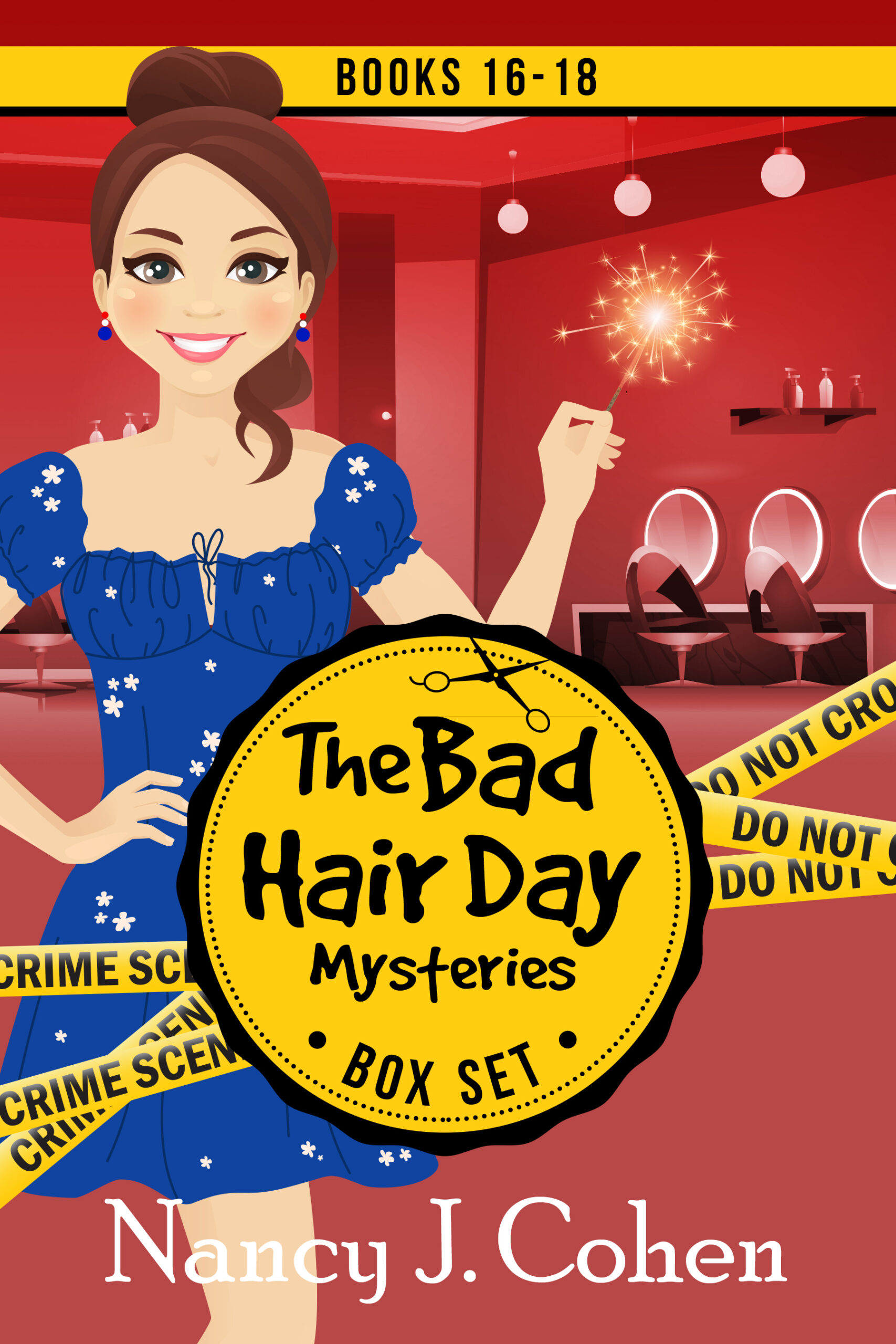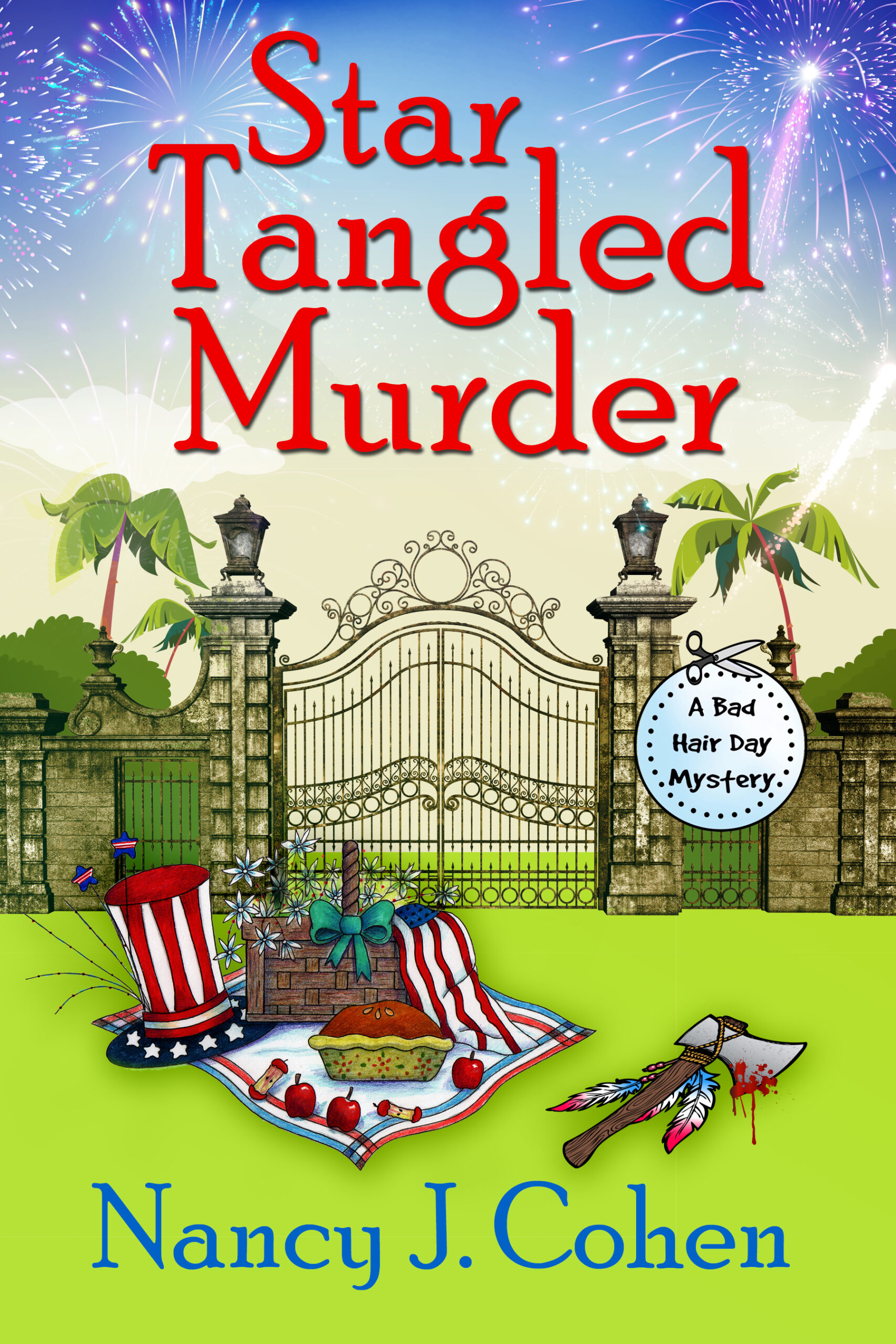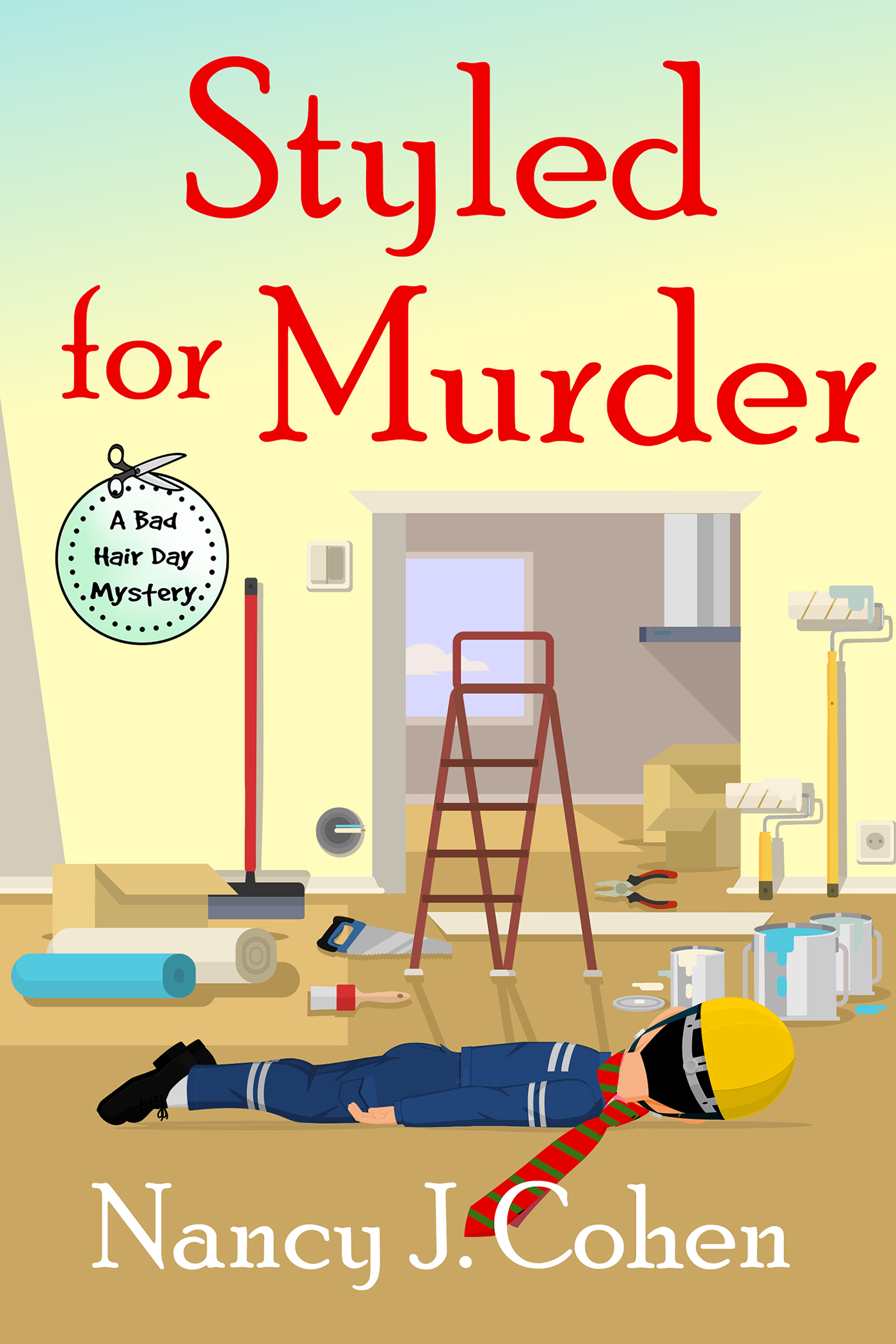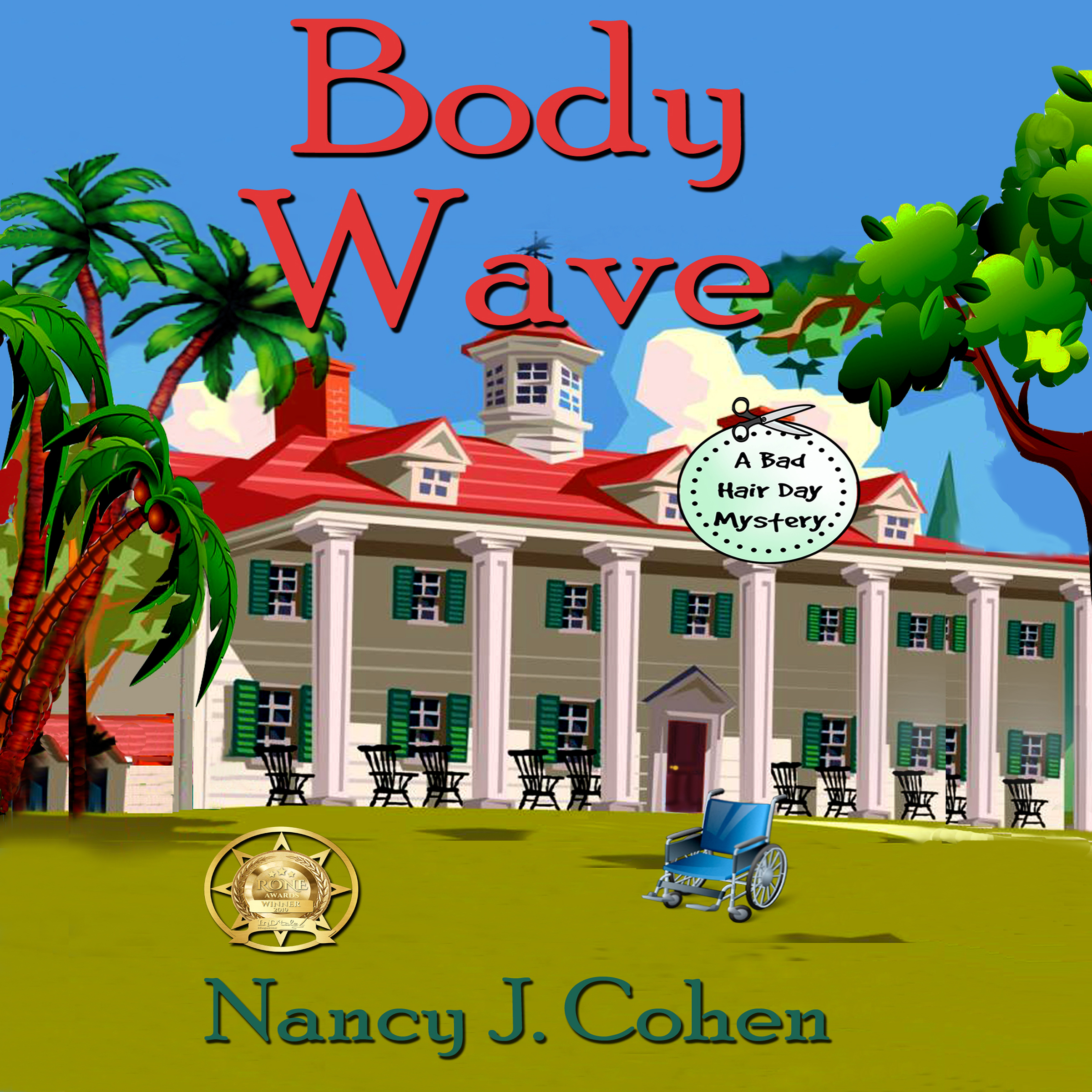What’s the difference between line editing and copy editing? After your work gets accepted by a publishing house, your story editor will comb through it line by line looking for problems in structure, pacing, continuity, and logic. She’ll ask questions in the margins, make deletions, add lines where appropriate, and suggest improvements to some scenes.
So what does a copyeditor do that is different? This skilled editor focuses on grammar, punctuation, and spelling, as well as providing another set of eyes to detect omissions and errors. A word of advice—don’t use colons or semicolons as they may translate into peculiar characters during digital conversion. Consider an emdash instead. The same warning applies for the ampersand sign. Type out the word “and”.
After you polish your work umpteen times, you’ll have to suffer through three more reads for your story editor, copyeditor, and page proofs. And believe me, you will need each pass-through. I always find things to correct, no matter how many times I polish my stories.
Having just finished the latest set of copyedits for Hanging by a Hair, #11 in the Bad Hair Day Mysteries, I’d like to share what I learned. This time, I wrote the changes in a file I’m calling Style Sheet for this particular publisher. Keep in mind that each publishing house will differ in how they like things done. I’m not talking about fonts and line spacing. You can find that info in their submission guidelines. So what do I mean? Let’s take a look at my notes.
Remember when you used to please your teacher back in your school days? Each editor has his or her pet peeves. Learn them.
Here are some preferences for my story editor:
Use he said/she said instead of too many action character tags. [Note: my other publisher prefers just the reverse.]
Don’t use “her eyes rounded/bulged/widened” unless your character is looking at someone else. Or say, she felt her eyes widen. [I don’t particularly agree with this, but hey, I aim to please.]
Be wary of making the amateur sleuth appear too nosy.
Avoid phrases like sounds “infiltrated her ears.” Use “she heard.”
Watch “his eyes glittered, blazed, darkened,” and let the dialogue speak for itself instead.
Don’t use Publix or Home Depot. Use supermarket or hardware store.
Now along comes the copyeditor. What sorts of things does she point out?
Capitalize wine types, i.e. Chardonnay [Again, another publisher might not do this.]
It’s a to-do list, not a To-Do list.
Sink into her bed, not onto her bed.
Seasons are not capitalized, i.e. fresh scent of spring, not Spring.
It’s caller I.D., not Caller I.D.
Uh-oh, not Uh, oh. [Again, my other publisher would do it the second way.]
These should be one word rather than two words or hyphenated:
Babysit, Checkout time, Coffeemaker, Doorbell, Doorknob, Fairyland, Hairbrush, Kindhearted, Lampposts, Midair, Peephole, Semisweet, Signposts, Timepiece, Townhouse, Windowsill, Workhorse, Wristwatch.
This should be hyphenated:
Bang-up job, Blow-dried her customer’s hair, Blow-out (as in, cut and blow-out), Boarded-up opening, Bottled-up rage, Cobalt-blue, Community-minded, Cross-referencing, Crime-solving skills, Class-action lawsuit, Crowd-buster, Deep-set eyes, First-timer, Freeze-dried foods, Going-away party, Good-quality wood, Hang-ups, Hard-boiled eggs, Heavy-duty belt, Heavy-set guy, High-rise, Higher-paying, Hurricane-force life, Hurricane-impact windows, Kettle-shaped clock, King-size bed, Last-minute problems, Late-afternoon air, Less-traveled, Lesser-known, Loose-fitting, Miles-long trail, Much-needed break, Next-door neighbor, Non-profit, Older-era movie star, Open-air entertainment, Orange-colored sport coat, Pet-grooming service, Plus-size lady, Put-down (as in, giving a put-down), Ranch-style house, Red-painted fingernails, Second-degree misdemeanor, Second-floor balcony, Short-staffed, Shoulder-length, Somber-faced, Stick-straight hair, Strike-out (as in, another strike-out), Thank-you notes, Three-tiered confection, Wheat-colored hair, Work-related, Wood-planked dance floor.
<><><>
I’ve printed these out so I can keep them by my side during subsequent drafts or revisions. It helps to know how your publishing house likes things done. You can disagree with suggested changes if they would alter your voice. Plus sometimes copy editors make mistakes. When this happens, point out that the original way stands and perhaps include evidence. For example, one copy editor once changed I-95 to Interstate Ninety-Five. I pointed out that no one here refers to it that way. I-95 stood its ground. In another case, the editor misspelled the name of a car model. I sent back a copy of an ad with the correct spelling. For the most part, though, by making many of these desired word or phrase choices early on, you’ll both be happier.

























Great post, Nancy! I’m bookmarking it for future reference. Thanks so much! And good luck with your newest book, too.
Thank you, Marcia. Glad you stopped by!
I’m going to print some of this out. (split infinitive, I know). I’ve read NOT to use too many … but to use the colon or semi-colon. I know an ebook conversion can cause problems. I capitalized Chardonnay in new book, so I was right on that one. Thanks, Nancy, for good tips – as always!
Another publisher may use all small letters for those wine types. That’s why we have to make separate lists for each publishing house.
If you write for more than one publisher, you have to learn their house styles. One of mine was kind enough to include a style guide, so you didn’t create extra work for their editors by writing A.M. when then wanted AM, or any other quirks where there’s no ‘right’ or ‘wrong.’ I had to fight to let my characters meet at Denny’s instead of a ‘coffee shop’ because using brands often 1) paints the picture for the reader without having to stop and describe; and 2) can show characterization. If you have to stop to say he’s driving a high-end red sports car, the reader stops as well. But if you say it’s a red Porsche, the reader likely ‘gets’ both the car and the kind of character who’d drive one. But, as you say, the publishing house usually wins these arguments. I did have one copy editor who stuck hyphens everywhere, and I went back to my content editor to see what she thought. She agreed with me, not the copy editor, so I marked most of them to be left as I’d written them.
Since I’ve been writing original indie books, I’m free to do it “my” way.
But what I really wanted to say was that it’s SO important for indie writers or any aspiring authors to understand that a copy editor isn’t going to be enough. I’ve seen authors brag that their story is ‘typo free’ because they had an editor fix it, but their story and characters are in dire need of help.When you hire an editor, make sure you understand exactly what kind of edits they’re providing.
Ideally, you need both a story edit and a copy edit. You can never have too many pairs of eyes examining your work.
Also, I agree that it’s better to mention a real place sometimes. That helps to characterize the setting.
I love being taken to places I know. Michael Connelly takes me to LA, and recently, Carol White took me back to Florida with her mentions of Publix, Two-Jays, etc. As long as the author makes sure to mention what kind of an establishment it is in some way when it’s first introduced, I prefer ‘real’ places. Or even ‘real made up places’ if you want to create your own supermarket chain or restaurant. Giving them a name makes them more “real”
I totally agree. It’s silly to have to say supermarket instead of Publix. That’s a bit extreme, in my opinion. I understand the publisher is afraid of lawsuits using real names but we’re missing out on the atmosphere by omitting them.
Very helpful and informative. Just out of interest, a US editor might have different requirements from a UK one, as well as general differences in spelling and even grammar. I have had several comments, not altogether happy, from US reviewers that they don’t understand the ‘Britishisms’ , especially slang, in my UK novel The Silver Chain. Just a thought!
I’ve actually mixed my spellings, like dialogue versus dialog, and other instances where I haven’t realized there’s a difference in the UK versus the US version of a word. The editing programs I mentioned below on a previous blog may help to catch these.
Nancy, I always look forward to your blogs – helpful and informative, but to prove your point I believe it’s hyphenated – not hypenated, just saying. Keep it up.
Oops! A spelling error! Good catch–I’m going to correct it.
Thanks, Nancy. Very helpful. I’ll print this out, too.
My pleasure.
Thank you, Nancy. I think the most important point you made was to be willing to style to suite the individual publisher. Only take your argument to the mat when something will make you and/or the house look stupid. A western I read recently had the cattleman selling “40 heads of cattle.” Editors, too, need an assist now and then.
You’re so right, Sharon. Sometimes we locals know details that we have to tell the editor. One of them questioned my spelling of the Hollywood Broadwalk. Did I mean Boardwalk? I said no, that’s what it is called here. I provided a link for her to verify my claim.
It’s even more fun when your literary agency’s style sheet doesn’t match your publisher’s style sheet. My agent and I made peace. When I submit first to her, I follow the agency rules, When she’s satisfied, I go through with an eye for the publisher’s style sheet. Both are happy. I’m not…
That would be difficult! I’ve never heard of an agent telling an author to do things differently from the publisher. Maybe you should send her a copy of the publisher’s style sheet and say you’re writing the story to the editor’s specifications.
Terrific advise, as always!!!
Thanks, Mary.
Great post, Nancy! It really shows how much influence the editing of a manuscript can have over the final outcome. Editors and publishers have different styles. So e it shouldn’t intrude with the authors voice, it can really influence the book people end up reading. I’m going to print these rules and post them somewhere.
And yes, by the time I got my galley copy of my latest release, my eyes were bleeding from looking at it. I almost wondered how ANYBODY could find this material fresh and exciting to read. Luckily my readers didn’t have to read it as many times as I did 🙂
I’m smiling at your comments. I know what you mean about your eyes. After reading through our work so many times, we get sick of it. And the book I’m working on now is 460 pages long. I have to write these books shorter!
Wonderful post! And very timely for me as I learn to please my new editor!
Oh yes, Sandy.
Wow! Thank you for the post. This is especially helpful because I’m expecting my first round of edits.
Good luck to you! Edits can be very educational. We learn a lot from our editors.
Nice job, Nancy. I’ve shared the link with others.
Thank you, Nell. I appreciate the shares!
I’m not an author, so I’m not trying to please an agent, or publishing house. But I do tend to notice typos, or the misuse of a word, or grammar, etc. when I read a book. [I’m a product of grade school and junior high ‘diagram-sentence language arts’ teachers 50+ years ago.] Most times, I just overlook these things and go on with the story; but occasionally something is so glaring that it stops the flow, So I appreciate it when an author submits his work to be edited – by story editors, copy, line editors, whatever it takes to be a polished finished novel.
{And, yes, I’ve probably committed some of those grammar errors just in this post — LOL}
Just keep in mind that sometimes the errors are the editor’s fault. I once had readers tell me there was a “Maria” in one of my books instead of “Marla.” I looked up my original manuscript and my spelling was correct. So somewhere in the editorial process, a typo slipped in.
Interesting post. My two publishers had writing guides that we had to follow for writing and formatting. Now I self-publish, but I keep using their suggestions. No colons, or semi-colons, avoid long paragraphs in italics. Avoid long paragraphs in general. Alternate short and long sentences to keep the reader alert. Use short sentences for action and a rapid pace. I always identify my heroes’ cars. They have to match their characters. I don’t like the use of passive words, like “he felt”, and use as little as possible he said/she said. I read two-hundred books last year. In spite of all the rounds of edits and copy edits, I haven’t read a single book that didn’t have typos. Yet some were by NY best selling authors. A reader will forgive a lot if the story is unique and impressive. But too many typos or poor language are a serious error in self-publishing.
I still feel seasoned self-published authors should hire an editor. A writer may catch all of those types and follow these style suggestions, but there could be story flaws that only an astute editor would catch.
A very interesting topic. THE THIRD EYE will be published by Five Star/Gale/Cengage in August/Sept. Even in the final cover, I still found errors. There were a surprising
number in the ARC. These were not present in the copyedit. I think they were printing errors. Hopefully, the final hardcover will be error free, but you never know!
You’re right, Jacqueline. You have to hope that the corrections you sent in got done.
Thanks for the interesting post, Nancy. When I went Indie-pubbed, my editor and I had to work up a style sheet in the line of what she was used to doing and what I preferred to do. How do you handle ellipses?
My mystery publisher likes a space before and after the ellipses. My romance publisher prefers no spaces before or after this punctuation mark. So it depends on which genre I’m working on.
Good post. It’s very important to know the difference and use both a copyeditor and an editor if you are self publishing. Your final work should be as polished as it it would be if a New York publisher put the book out.
So true!
Thanks for the info Nancy. You are a God send to writers.
I hope it’s useful material, Heidi.
Hey Nancy,
I am always amazed at the things a copy editor finds. Seems like by the time it gets to him/her, the book should be darn near perfect. NOT! I get dinged a lot of compound words versus hyphenated words. I make lists each time, but there are always new words to trip me up. I’ve considered making up my own lexicon so the copy editor has a seizure. But of course, I didn’t.
For the most part, I rubber stamp whatever they say. They have the power.
Yes, they do, Maggie. For the most part, the editors are usually right.
I liked your idea of copying & filing the edits. It’s good to have reminders. Good blog, Nancy.
Thank you, Mary. I am keeping my lists by my side right now as I read through Warrior Lord for the final self-edit before submission.
Thanks, Nancy. I didn’t know the difference between editing and copy editing. Always helpful!
Yes, it is helpful info, and just be mindful that a manuscript really needs both for professional polish.